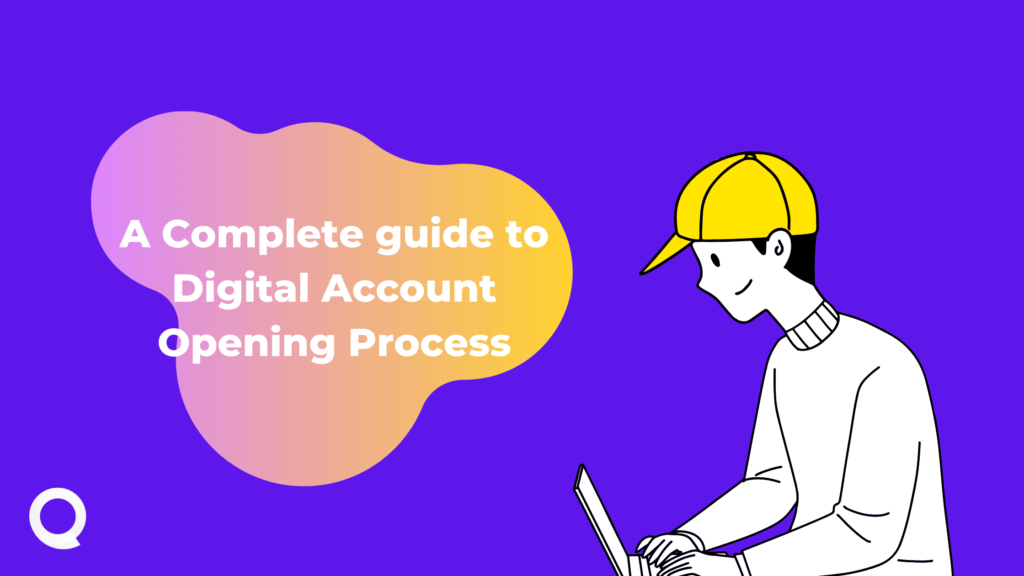Lending money is always a risky process. But there are certain ways to reduce the risk. In this article, we are going to cover all those things in brief about the most important critical check for minimizing lending risk. Let’s take a look over the top 7 lending risk checks:

Know Your Customer
Understanding your consumer is important because it serves as the foundation for all subsequent phases in the credit process. You must collect information that is relevant, accurate, and important. The information you collect and the contacts you develop are important to establish yourself as a valuable financial lender. Face-to-face meetings to discuss the customer’s past and future aspirations are one of the finest methods to know the customer’s needs and position as a valuable financial expert.
But, now pandemic has made us realize that Face to Face interaction isn’t always possible and it proves to be ineffective in the situation like today. Automated KYC can prove the customer authenticity in seconds and Quickboarding gives you flexibility to enable/disable based it basis upon the type of onboarding you’re doing.
Examine Non-Financial Risks
Analyze non financial risks to better understand your customer. The entire idea of lending risk management is to lower the chances of financial losses.
Before analyzing the data, it is important to understand the economic and industrial aspects that determine a institutional borrower’s financial stability and financing requirements. Because a company must be examined in the context of its industry and the global economy. Risks associated with the industry, company, and management are fundamentally significant.
Recognize the Data
There are several advantages and disadvantages to having a financial connection with any company or people. As a lender, you should understand:
- How the requested money will be utilized and how they will be returned?
- How to identify, analyze, and prioritize all known hazards associated with the client at the moment?
To recognize the data, you should consider the company’s financial capability as indicated by the information presented, as well as the accuracy of the information and the quality and sustainability of financial performance.
Verification of Data
The bank analyses the documents and send them to the verification department within one or two days. Banks, in general, have their verification staff. A team member is sent to the borrower’s address to personally check the address. They also go to the customer’s workplace to see if the consumer works or not. Other documents, like PAN cards, Aadhaar cards, and passports, are verified online through different sites. The verification team sends their results to the personal loan officer who handles the account after validating all of the borrower’s data.
If the verification procedure is successful, the bank will process the loan; otherwise, the loan application will be rejected. The bank will convey the cause for the loan’s denial to the borrower, allowing them to fix the problem on their end.
Also Read: How To Create A Result Focused Remote Onboarding Process
Background Check
One of the most important factors for minimizing lending risk is to look at the applicant’s credit history. Lenders want to ensure that their clients have a track record of paying their payments on time and are not in debt. A lender will look at an applicant’s credit score, the number and kind of open accounts, and a track record of making on-time payments.
Minimum credit ratings are strictly not allowed by lenders to get loans. A credit history check will be used to determine an applicant’s eligibility and interest rate. A lender will also want to ensure that the applicant is employed and will be able to make timely payments. This is required to prevent the lender from lending to someone who is conducting fraud.
Verification of Address
At the time of a default or irregularity, financial institutions and lenders will turn to the actual location. As a result, the physical location is an important component of the verification process. It is important to ensure that the address on the document matches the applicant’s real physical address and that the length of time the resident has lived there is reviewed, among other factors.
Loan Authorization
This is the final stage of minimizing lending risk procedure. Once the loan officer receives a report from the verification team, the loan agreement is created after the lender and borrower agree on the interest rate and term.
A loan agreement will contain all the information a borrower needs to know before signing the forms for a personal loan. It will include the loan amount, interest rate, fees, and all the personal loan offer’s terms and conditions. The personal loan amount is deposited to the client’s account within 24 hours after the client carefully reads and signs the loan agreement issued by the bank.
Read More: Checklist for Preventing Fraud
Conclusion
Till now you’ve read and understood the verification steps involved in Loan Onboarding procedure. After reading you might have noticed that how cumbersome process it is and to which level of customization will it require.
But we understood this challenge a long before and that why we are offering complete digital onboarding platform where you can imagine and build your automated customer journeys all along with KYC, Document verification, Background checks and finally a customized lending risk model. Don’t worry this is all intact into the platform and you don’t need to pay for it. We love flexibility and agility and that is what we’re offering to you.


